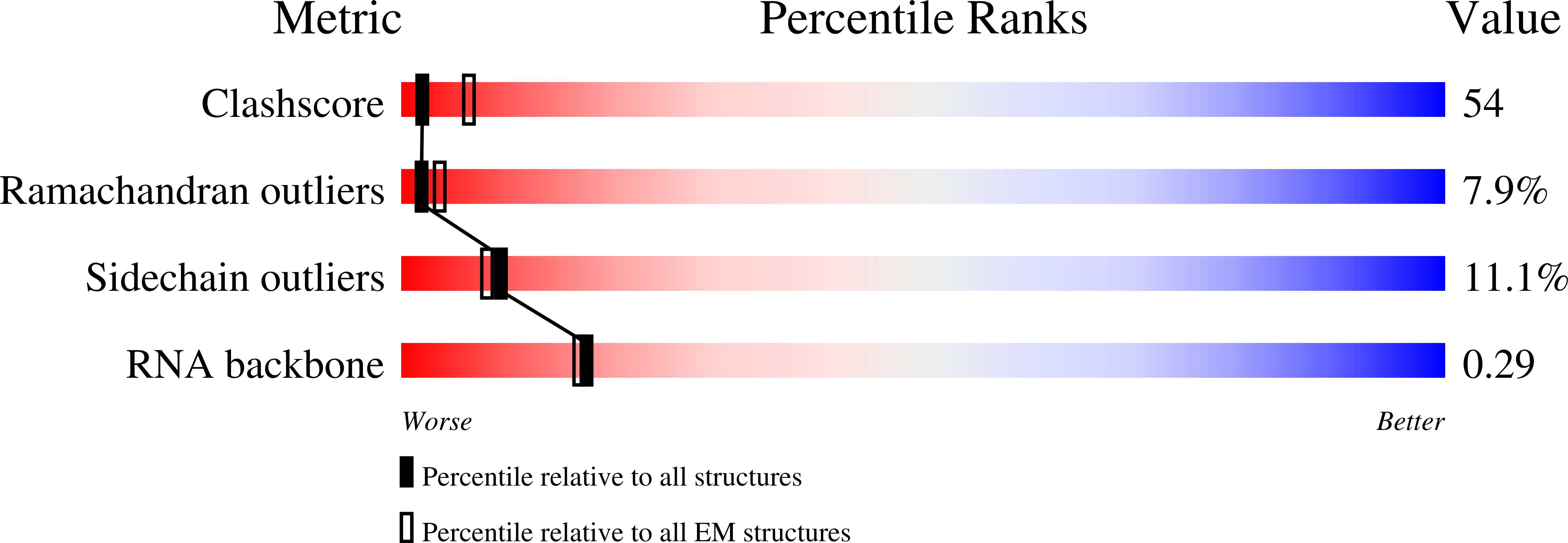
Deposition Date
2011-12-12
Release Date
2012-02-22
Last Version Date
2024-02-21
Entry Detail
PDB ID:
3J16
Keywords:
Title:
Models of ribosome-bound Dom34p and Rli1p and their ribosomal binding partners
Biological Source:
Source Organism:
Saccharomyces cerevisiae (Taxon ID: 4932)
Method Details:
Experimental Method:
Resolution:
7.20 Å
Aggregation State:
PARTICLE
Reconstruction Method:
SINGLE PARTICLE


